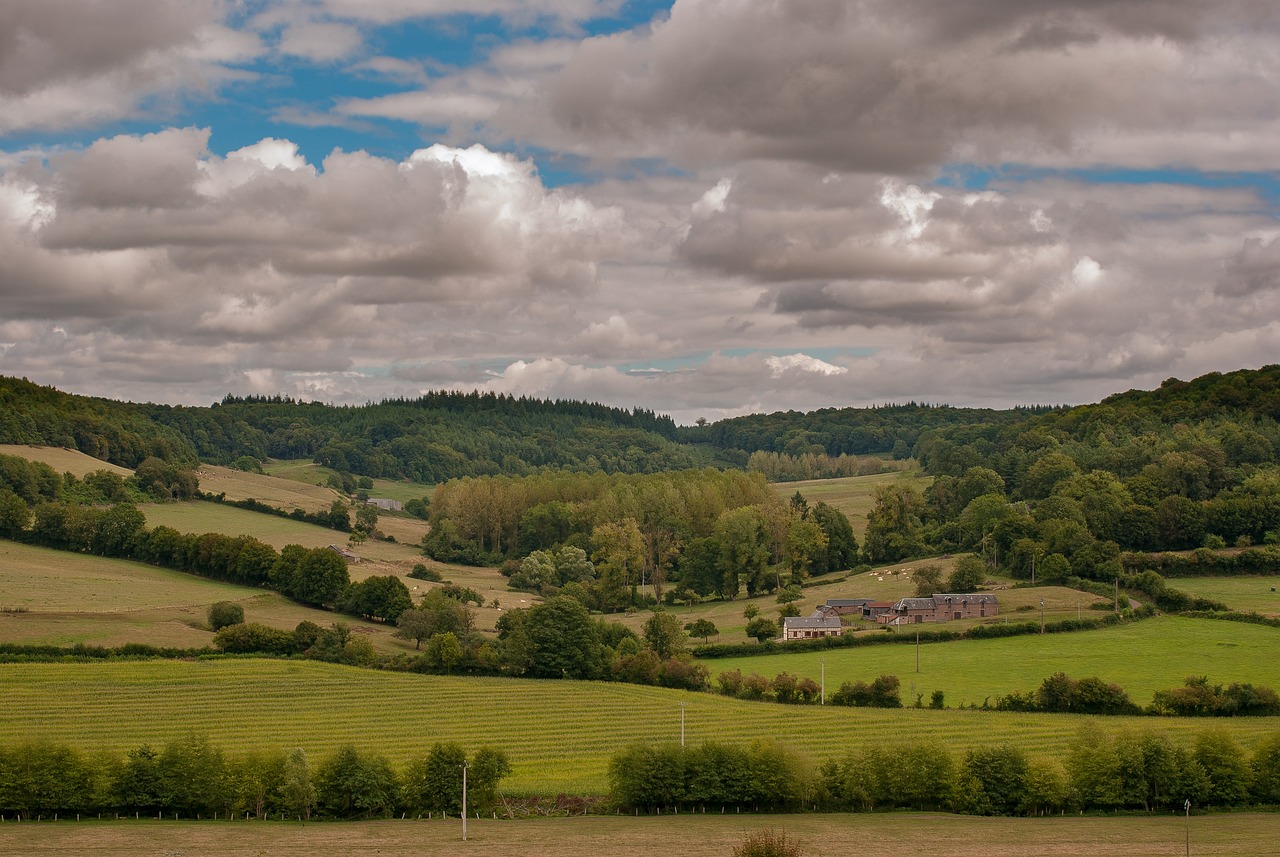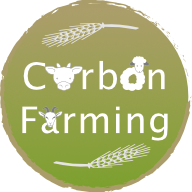You have surely already heard these words “it is possible to store carbon”; “according to the principles of agroecology…”; “it would be necessary to implement a cover crop”… To understand these terms, here is a focus on a particular feature of soils: carbon storage.

In Europe, in 2019, the agricultural sector is responsible for 10.3% of total EU emissions according to Eurostats.
It is therefore important that it manages to reduce its GHG emissions, thanks to the reduction of these but also thanks to carbon sequestration. Indeed, the particularity of the agricultural and forestry sectors, all sectors combined, is to be both emitter and carbon sensor.
To understand how vegetation and soil capture carbon, watch the video “4 per 1000: agricultural soils for food security and climate”. Learn more.
Carbon can be stored in different ways:
- By increasing the area of permanent meadows: this allows to store carbon, limit soil erosion, maintain biodiversity throughout the year, and reduce the use of inputs. Not leaving the soil bare helps to limit weeds. It also reduces the presence of pests and diseases. Permanent plant cover also limits nitrate and phosphorus leakage through runoff or leaching.
- By reducing the time when soils are bare in rotational crop plots:
-
- By extending temporary prairie time in rotations: temporary grasslands have similar advantages to permanent meadows.
-
- By establishing intercultures and/or inter-rank cultures. By choosing the cultivated species, it is possible to harvest intercultures (stolen*) or intercrops. Moreover, their presence allows to reduce the use of input, and thus to allocate less budget to the purchase of the latter. In the same way as for grasslands, this practice promotes the preservation of biodiversity, and can serve as a nitrate trap in the case of CIPAN (Intermediate Culture Nitrate Trap) thus enriching the soil and improving its agronomic quality. Here too, the fact of not leaving the soil bare helps to limit weeds. It also reduces the presence of pests and diseases in crops.
* A stolen culture is a culture that is interwoven between two main cultures. It can then be destroyed and left to make humus, or harvested and economically recovered, either by being sold or by being used for forage autonomy within the farm.
Moreover, the development of rotations at the expense of monoculture, is a lever against soil erosion and allows to increase carbon storage in these natural sinks, where the latter will be trapped in the form of organic compounds. Learn more.
Organic fertilization is also to be favored compared to mineral fertilization (Ministry of Agriculture and Food Sovereignty). Learn more.
Another lever is the planting of hedges. These will also bring similar benefits to permanent cover and grassed strips: carbon storage, limiting soil erosion, maintaining biodiversity. (Ministry of Agriculture and Food Sovereignty). Learn more.
Soil carbon sequestration is also possible through conservation agriculture, agroforestry, mulch, composts and manure use. «Protect permanent meadows and optimize their management; restore and protect agricultural areas and degraded land». (Ministry of Agriculture and Food Sovereignty) are also best practices.
All these approaches aimed at increasing the carbon content of soils are part of the “agroecological practices” or «Climate smart Agriculture» (Montpellier Supagro Agronomic School). In addition, other strategies, distinct from those previously mentioned in this article, can also contribute to carbon storage such as agroforestry for example.
Learn more about agroecology.
Learn more about agroecological practices or climate smart agriculture.
Sources :
https://www.sciencedirect.com/topics/earth-and-planetary-sciences/crop-rotation
https://agriculture.gouv.fr/4-pour-1000-et-si-la-solution-climat-passait-par-les-sols
https://www.supagro.fr/ress-pepites/processusecologiques/co/RegSequestrationC.html







